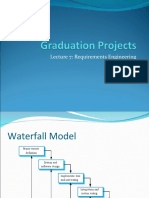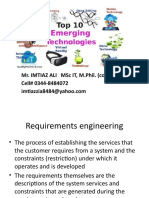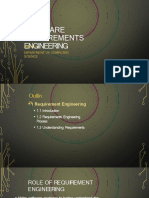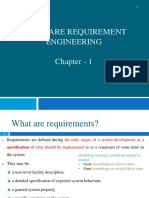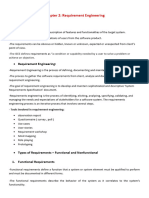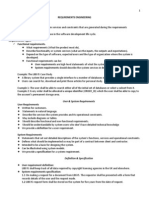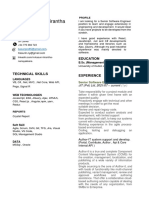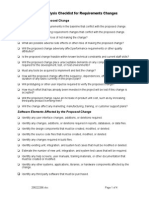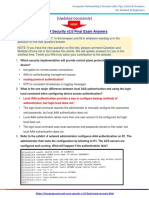0% found this document useful (0 votes)
89 views39 pagesRequirements Engineering Process Course M2-2020 PDF
The document discusses the requirement engineering process which includes feasibility studies, requirements elicitation and analysis, requirements specification, and requirements validation. It describes each step in detail including activities, guidelines, and potential problems.
Uploaded by
Lionel Perin NAGUEU DJAMBONGCopyright
© © All Rights Reserved
We take content rights seriously. If you suspect this is your content, claim it here.
Available Formats
Download as DOCX, PDF, TXT or read online on Scribd
0% found this document useful (0 votes)
89 views39 pagesRequirements Engineering Process Course M2-2020 PDF
The document discusses the requirement engineering process which includes feasibility studies, requirements elicitation and analysis, requirements specification, and requirements validation. It describes each step in detail including activities, guidelines, and potential problems.
Uploaded by
Lionel Perin NAGUEU DJAMBONGCopyright
© © All Rights Reserved
We take content rights seriously. If you suspect this is your content, claim it here.
Available Formats
Download as DOCX, PDF, TXT or read online on Scribd
/ 39





